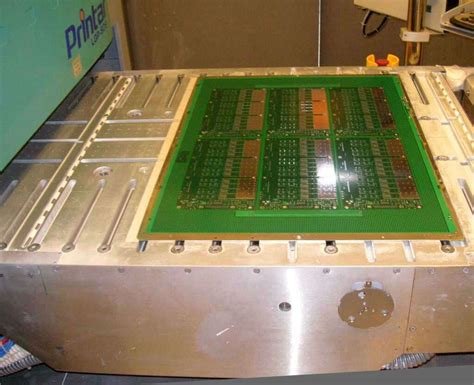Understanding the layout of high-voltage PCB design
I once went running with a friend who is an urban planner.As part of her cunning plan to get me running further before I got too tired and bored,she told me about all the various considerations surrounding town zoning and construction.There were also plenty of shenanigans related to local politics that provided a multifaceted distraction.
While my friend disagrees,the layout of a high-voltage PCB design bear some similarities to complex urban planning.In addition to all the other considerations in PCB design ,high -voltage PCBs require a layout that controls and optimizes the field strength across the board to provide the best performance and longevity for the end product.
Isolating High-voltage Areas
Similar to how a town creates zoning and limits which land can be used,you want to group high-voltage circuits together to minimize their impact on the rest of your board .By separating high-voltage ares from low-voltage areas,you can reduce the risk of arcing on the board.
One way to physically isolate high voltage areas is to add inserts around them.When laying out the board,be sure to include a slot that will be placed where you’ll place the insert.Check with your manufacturer to ensure this possible and find out their dimensional tolerance for the slots.
Because you’re placing the slot near the highest voltage area of the board,over voltage conditions are possible. Proto Express recommends designing the slot to avoid repeat arching.The minimum slot width should provide adequate protection at the highest voltage expected on the board.By adding a small margin to the slot dimensions,you can ensure the PCB remains intact even if the slot’s edges carbonize during a corona or arcing event.This is important because the resistance of the PCB material decreases along the edges that are subject to arcing damage.
During the manufacturing process,the slot is routed or formed like any other feature on the board.You can then place inert insulating material into the slot to form a vertical barrier.For lower voltages,you can use PCB material,but for higher voltages,you’ll need a material,but for higher voltage,you’ll need a material like polyester or Teflon.The insert can be secured in place using clips,glue,or by designing the slot and insert’s shape.
Zoning high-voltage PCBs is crucial for gradually reducing the voltage on the board.

Gradually Reducing voltage on a Board
After isolating the highest voltage area on the board,you should still arrange the rest of the board into”zones”to gradually reduce the voltage.By placing circuits operating at lower potentials around the main conductor,you can redistribute the electric filed.Lower field strength in one area reduces the likelihood of corona and arcing.
Voltage floating rings or field grating rings can also be used to manage filed distribution in high-voltage PCB design.They can be used as terminations or coupled to resistors and/or capacitors,depending on the AC/DC characteristics of the high-voltage power supply your design will protect.These are highly advanced design components.If you are considering using them,it’s worthwhile to delve into the literature on them.
Isolate Noise Sources
If there were a single general rule for PCB design, it would be to use short traces of isolate noise sources.This remain true for high-voltage PCB design.Just as you wouldn’t want to live next to a loud manufacturing plant,you don’t want signal or power supply noise to be ineffective on your board,If noise is coupled through parasitic capacitance in the board or insulation,it can easily propagate to very sensitive areas of the board.
Minimize Interconnects
You should minimize the number of interconnect on your printed circuit board.Using fewer interconnects reduces the chances of transient generation in your design.It also minimizes the propagation of high voltage on the board .As with noise,any transients or unexpected high-voltage areas can damage sensitive components or degrade performance.
PCB interconnects make it easier for electric fields to propagate across the board,which is highly undesirable.
Use Design Checks
Make sure your PCB design tool has a thorough design rule checker.This checker acts as your board’s urban planner,ensuring that spacing and placement of component within your board design meet specifications.All cables connectors and component affect the performance of any board, but high-voltage products pose particular risks to both the board itself and the user if their design id flawed.







